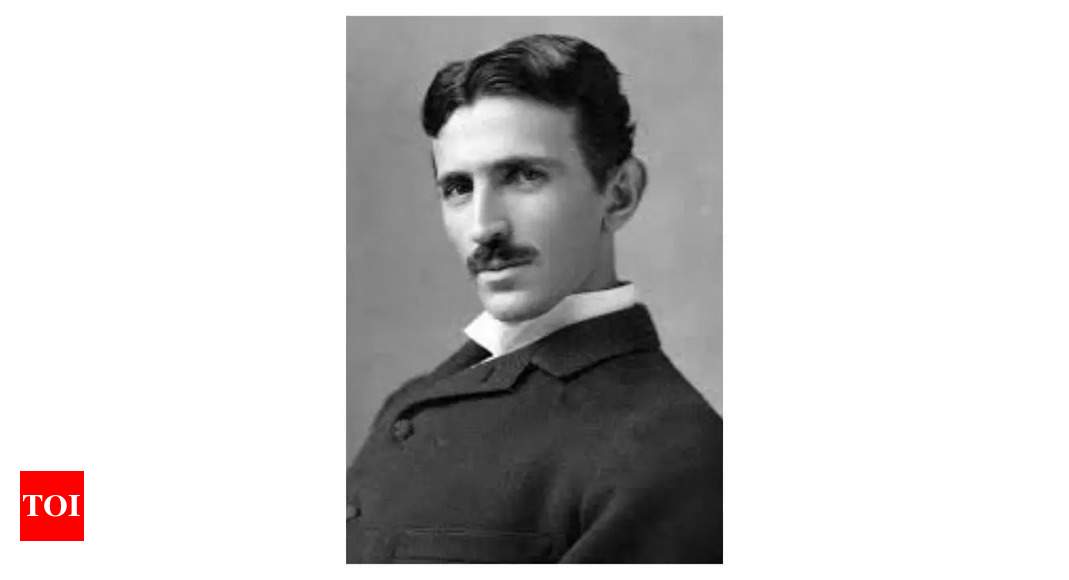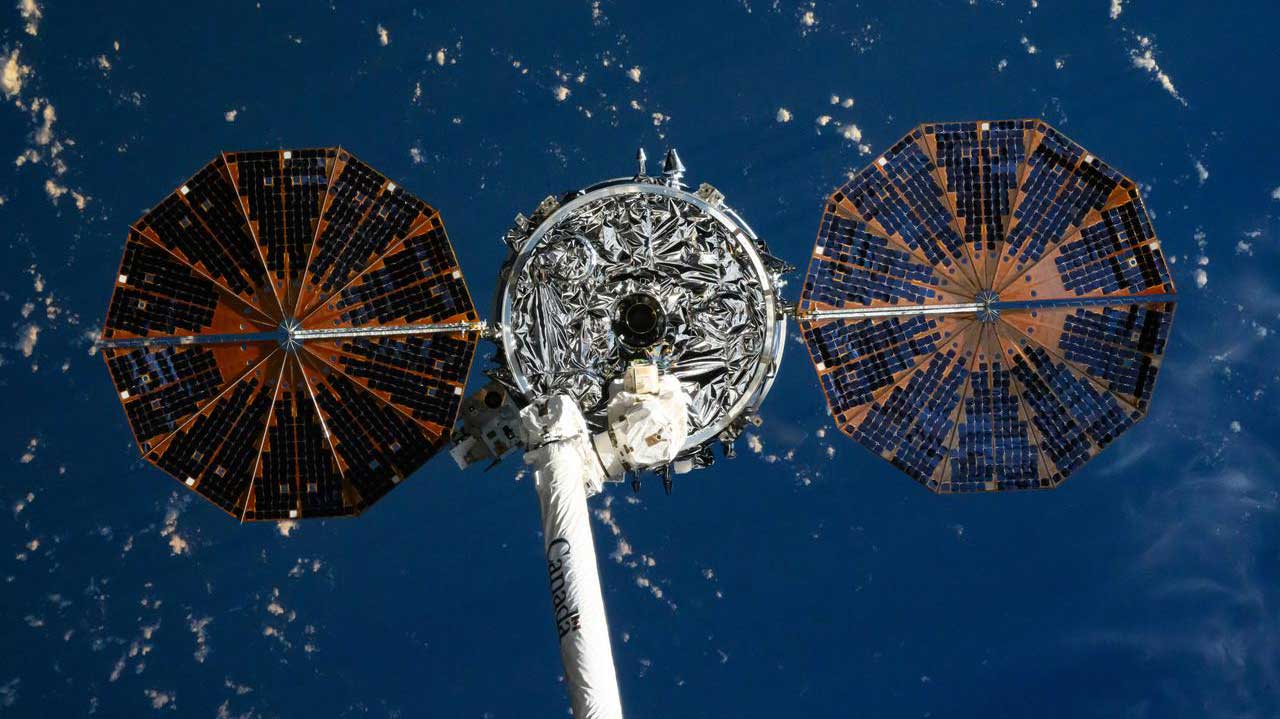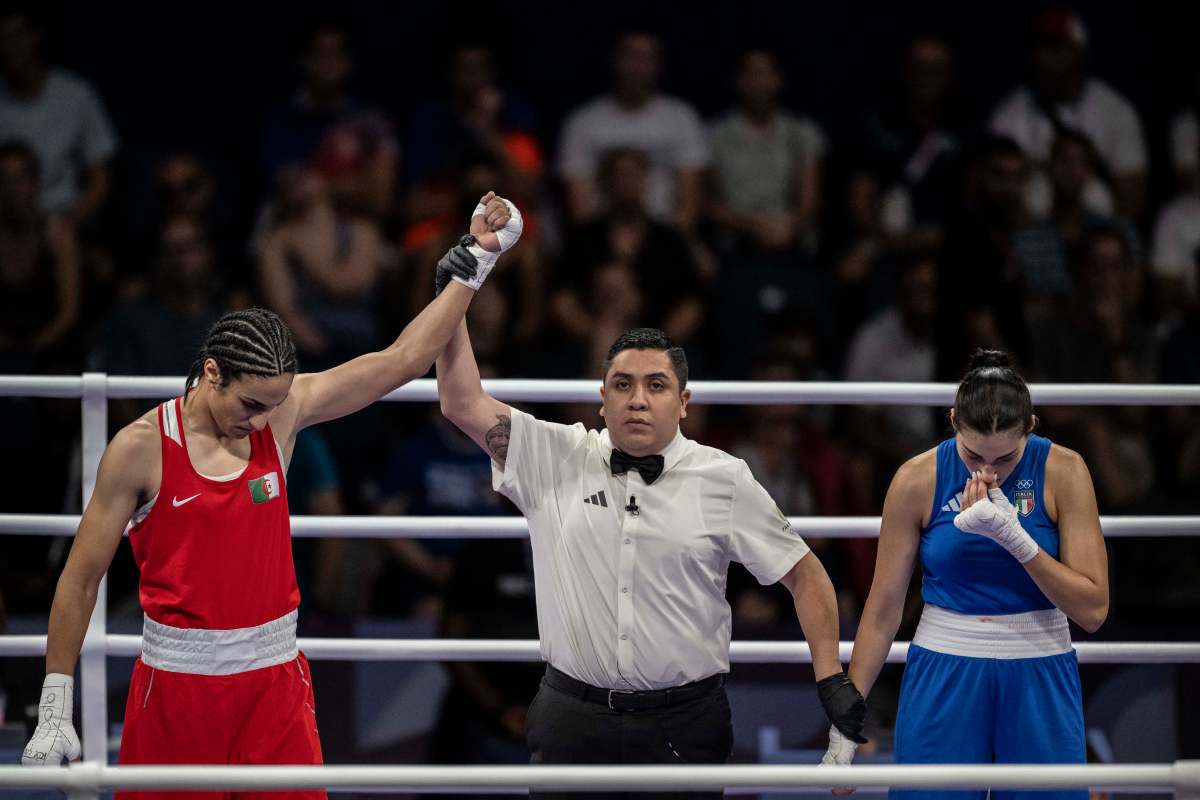Tesla’s unwavering vision
Some say that fame is more important than honesty, however Nikola Tesla did not believe that. Tesla remained committed to research and development. He did not aggressively pursue public figures, use the media to gain attention, or have a strong business sense, unlike Edison. Being a visionary, Tesla’s career began when he was able to share those ideas with other trailblazers.
After the deal with Niagara, many of Tesla’s supporters questioned the viability of his hydroelectric devices. But Tesla did not waver in his hope. On November 16, 1896, at midnight, a device was launched to light the lights of Buffalo, New York, which was 21 miles (34 kilometers) away. ). The station was extended to New York City, 400 miles away, after a few years. Tesla’s childhood memories were born.
Tesla also thought about controlling, or at least causing, the weather with electricity. He envisioned the power to transmit information around the world, the first concept of a global wireless communication system.
For better or worse, quirkiness is a quality often associated with intelligence, and Tesla does not disappoint. Some say that Tesla created his greatest inventions, including the induction motor, in his mind. By his own account, Tesla suffered from visual and auditory hallucinations, as well as hypersensitivity to vibrations and strong light. He was also afraid of round things, like women’s pearls, and stuck to the number three.
The inventor’s persistent bouts of germs eventually led him to limit his diet to processed foods, reportedly after a colleague showed him water under the microscope. At the end of his life, the elderly scientist kept pigeons in his hotel room but continued to dress well, which led some to question his mental state. In spite of his peculiarities, Tesla’s social skills were solid; he was often described as charming, humble and well-spoken by reporters and friends.
Tesla’s famous experiments
Alternating Current (AC) System
The Tesla alternating current (AC) system provides electricity for homes, businesses and modern appliances around the world. Due to inefficient friction and frequent replacements, Edison had trouble with DC systems. Tesla’s generators were straightforward and capable of raising voltages for long-term transmission. By adding a second circuit to convert the external voltage, Tesla revolutionized the electric current. Michael Faraday invented the transformer and the generator, but it was Tesla who made it possible to use electricity for modern tasks.
Radio
Tesla filed the first radio patent in 1893 and gave a speech on a radio broadcast. He built a portable radio transmitter in mid-1894. Tesla built on the work of previous pioneers with an unparalleled vision, using the Tesla coil and circuits four configured for transmitting and receiving. He also invented radio control, which he patented in 1898.
Network lights and radio-controlled cars
Tesla improved Edison’s efficiency by 5% by creating the first neon and the first fluorescent lamps. He lit these lights with electric waves, inventing famous scientists like Faraday and Maxwell. Tesla is considered one of the pioneers of robotics because of his invention and demonstration of radio-controlled cars. Despite having more programming or self-awareness than a modern remote-controlled car, the scientist referred to his “teleautomaton” as the first step in the robot race.
Peace Beam
In the middle of World War II, Tesla announced that he had invented a new “peace tree” weapon that would end the war forever. His invention, which we now call the charged lamp, was intended to serve as a “wall of China” that protects the border, to prevent wars between nations. The Cold War was overshadowed by the prospect of superpowers creating space, especially after some of Tesla’s papers disappeared after his death.
Shadowgraph
Shadowgraph is another name for x-rays. X-rays use harmful radiation to pass through the human body and create a silhouette of the affected area. Tesla developed the method of producing sharp images, although Rontgen came up with the first idea.
Tesla Turbine
Tesla created a piston engine that uses fire to turn discs in cars. This unusual design—also called a boundary layer turbine, a cohesion-type turbine, or a Prandtl-layer turbine—used smooth discs with nozzles, adhesion, and friction to increase ts’ performance and reduce fuel consumption.
Also Read: |The 11 greatest inventions of all time: What, why and how explained
#Nikola #Tesla #young #scientist #changed #technology #vision #eccentricity #Times #India




